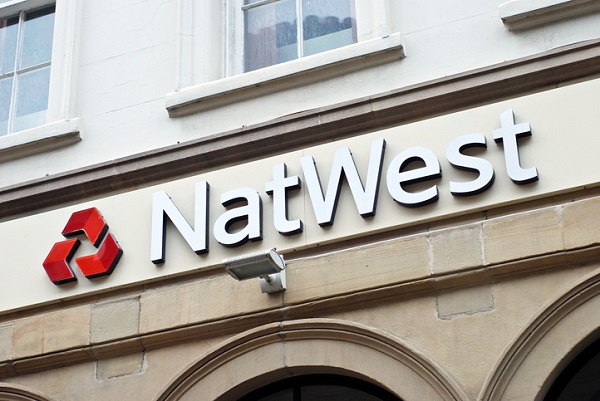ii view: is the NatWest investment case as simple as the business?
13th May 2022 15:42
by Keith Bowman from interactive investor
A much simpler bank with digital aspirations and an attractive dividend yield. Buy, sell, or hold?

First-quarter results to 31 March
- Total income up 16.8% to £3.02 billion
- Profit up 41% to £1.25 billion
- Cost income ratio down to 59.7% from 69.2% a year earlier
- Capital cushion (CET1) of 15.2%, down from 18.2%
Chief executive Alison Rose said:
"Despite the challenging environment, I am pleased with our performance as we continue to execute well against our strategy, driving sustainable growth and returns.
“Government ownership also reduced to around 48% in Q1; the first time it has fallen below 50% since the financial crisis. This was an important milestone for our bank and a further demonstration of the progress we are making as we continue to deliver for our customers and shareholders."
ii round-up:
Bank and financial services company NatWest Group (LSE:NWG) today employs over 50,000 people. Around 1 in 4 businesses across the UK and Ireland use its banking services.
Previously changing its name from Royal Bank of Scotland, it is today headed by Alison Rose, the former deputy head of NatWest Holdings.
Serving around 19 million customers, its brands include NatWest itself, Royal Bank of Scotland and Lombard.
For a round-up of this latest update, please click here.
ii view:
NatWest is a retail and commercial bank with operations in the UK and the Republic of Ireland. Its journey through and out of the financial crisis has few rivals, and the bank has been restructuring ever since, simplifying and reducing its operating footprint, cutting risky assets, building capital and reducing costs.
- Recessions are becoming more likely – here’s how to invest
- 60 reasons to sell your UK shares
- How to invest for difficult times
Its latest move involves a phased withdrawal from Ireland. During 2021, it agreed the sale of material parts of its commercial and personal banking businesses with Allied Irish Banks and Permanent TSB. These are due to complete this year and next.
For investors, the flip side of simplification is a far less diversified bank, at least geographically, than it once was. Pandemic uncertainty has now been replaced by economic outlook uncertainty, with potential bad debt provisions likely to be under regular review. The UK government, although now with a stake under 50%, is still a major shareholder.
On the upside, the company is profitable and withdrawal from Ireland further simplifies its operations, while it remains on track to achieve its full-year cost reduction target of around 3%. Its finances have been significantly strengthened, while its strategy to expand its digital business is progressing, with around 60% of its retail current account holders now only interacting with the company digitally. For now, and with the shares offering a dividend yield of over 5%, this significantly transformed UK bank may offer appeal to long-term income investors.
Positives
- Pursuing cost savings
- Attractive dividend (not guaranteed)
Negatives
- Economic outlook uncertainty
- Lacks the diversity of some rivals
The average rating of stock market analysts:
Buy
These articles are provided for information purposes only. Occasionally, an opinion about whether to buy or sell a specific investment may be provided by third parties. The content is not intended to be a personal recommendation to buy or sell any financial instrument or product, or to adopt any investment strategy as it is not provided based on an assessment of your investing knowledge and experience, your financial situation or your investment objectives. The value of your investments, and the income derived from them, may go down as well as up. You may not get back all the money that you invest. The investments referred to in this article may not be suitable for all investors, and if in doubt, an investor should seek advice from a qualified investment adviser.
Full performance can be found on the company or index summary page on the interactive investor website. Simply click on the company's or index name highlighted in the article.